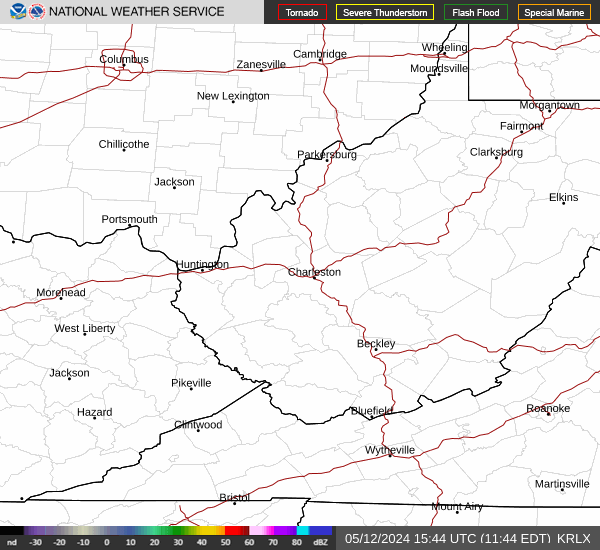Issued: 12am on Thursday, January 1st 1970
Technical Forecast Discussion
Short Term (Sunday 8/11 through Wednesday 8/14)
Ridging aloft remains intact as high pressure ~1017 mb persists over the region for the remainder of Sunday and into Monday, before pressing east off the Atlantic coast. With model agreeance, Sunday night and Monday will remain mostly clear as the lower-mid levels remain moderately dry. Isolated fog development will be limited to the river valleys and low-lying areas early Monday morning (6am – 8am) as weak surface winds and prominent radiational cooling exists Sunday night. Mostly sunny conditions quickly take shape as any limited cloud cover will primarily be developed in the upper levels (200mb – 450mb). A fairly zonal upper level trough with weak-moderate upper forcing progresses east along the Central Plains. Barometric pressure will progressively decrease throughout Monday in the presence of this incoming and strengthening surface low out of the west. Predominant southwesterly flow in the lower levels will bring in strong warm air advection and a large influx of moisture for Southeastern Ohio late Monday and into Tuesday. Dewpoints greatly increase through the upper 60s and into the lower 70s by early-mid Tuesday and will generate a very unstable environment. The aforementioned surface low will position itself over central Ohio in the right entrance of a weak-moderate jet streak (80-90 knots) by 18z Tuesday to 00z Wednesday. Some showers and thunderstorms ahead of this disturbance and associated cold front will increase in coverage from NW to SE late Monday night and through Tuesday morning. Early, CAPE will be well limited as soundings will remain capped and well saturated. Despite lack of energy, speed shear (NAM 6km bulk) will maintain values up to 35-40 knots through the morning and into the afternoon. The main concern will be in the afternoon hours of Tuesday as the cold front nears the region. CAPE values nearing 2750-3250 J/kg (depending on effect of early prefrontal showers and breaks of cloud cover) with 35-40 knots worth of speed shear may introduce some expected severity out and along this surface boundary. Multi-cellular and squall line features will be the primary thunderstorm structure as weak directional shear exists near the surface with dominating westerlies aloft. Strong wind gusts and heavy downpours will primarily be the main threat through Tuesday evening. Hail chances may be possible, but with precipitable water values reaching 2.3in, development may be hindered. The cold front looks to pass southeast of the region by Wednesday morning and allow for weak and a brief high pressure to take shape. Temperatures will reach near 90 for Monday, but shift back near average with highs in the mid-80s for the remainder of the period.
Long Term (Thursday 8/15 through Saturday 8/17)
Fairly zonal flow and weak upper level forcing will still remain overhead as a long wave trough extends across the Great Lakes and through Southeastern Canada. This pattern looks to exist through Friday, which will introduce a possibility for isolated showers and thunderstorms. Precipitation chances will decrease through Friday and into the weekend as soundings dry out and high pressure settles in. Temperatures maintain near average, but begin to slightly increase through the weekend into the upper 80s.




